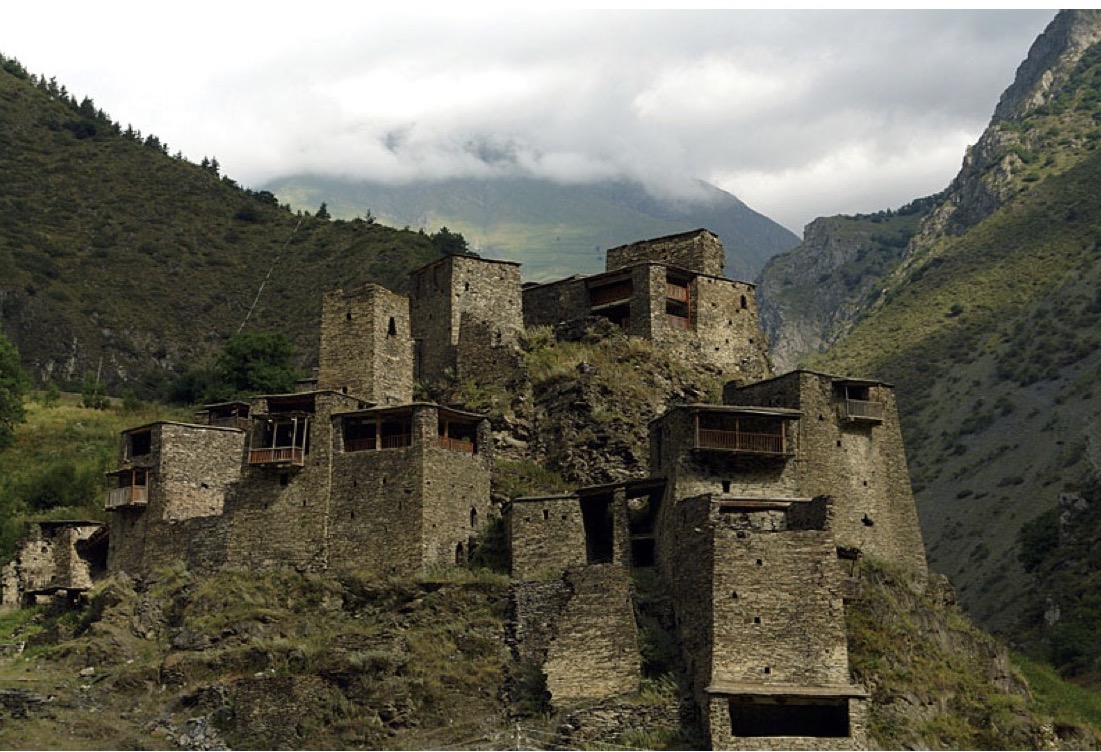Deep in the Caucasus mountains of the Republic of Georgia, there was a place where people still wore mail armour and fought with swords and bucklers well into the 20th Century. This wasn’t a theme park or living history experience, but the region of Khevsureti. Occasionally referred to as The Land of the Lost Crusaders, (a label coined in the 19th century by Russian author Arnold Zisserman, and which scholars from the region have vociferously denied) Khevsureti is a remote region where travel is difficult. Villages that can be seen from one another may have been three days’ walk apart, down a ravine face, across a ford, and up the other side. Perhaps this isolation explains how the Khevsur people managed to preserve their traditional forms of fighting for so long.
Month: February 2021
Foreword
BaduanJin 八段錦 (‘eight brocade exercise’) is a classic system of Chinese physical culture. Such systems are generically called qigong. There are an almost innumerable number of qigong sets that integrate, in different proportions, breathwork, stretching, physical exercise and meditative practices. Some are crafted to enhance health; others are for the purpose of developing power or martial arts abilities. Each set can have quite different effects on body and mind. Baduanjin is known to enhance skeletal-muscular fitness and vascular health, as well as enabling practitioners to modulate and control their emotions. [1] The term ‘brocade’ can be interpreted in a variety of ways. One that the author finds most useful is that brocade refers to the body’s web of connective tissue (fascia, ligaments and tendons). These are stretched and strengthened through the integration of specific physical movements with certain breathing techniques.

